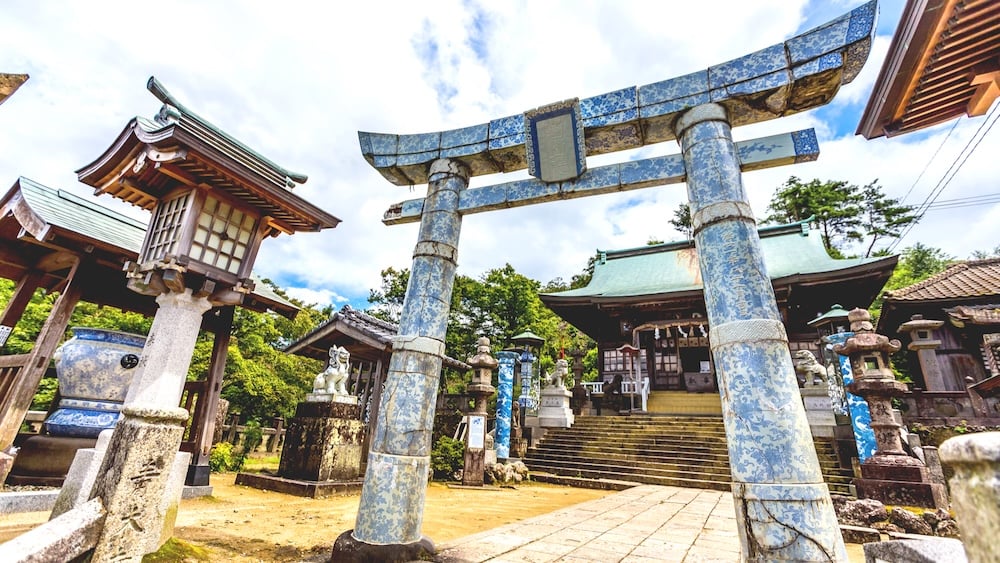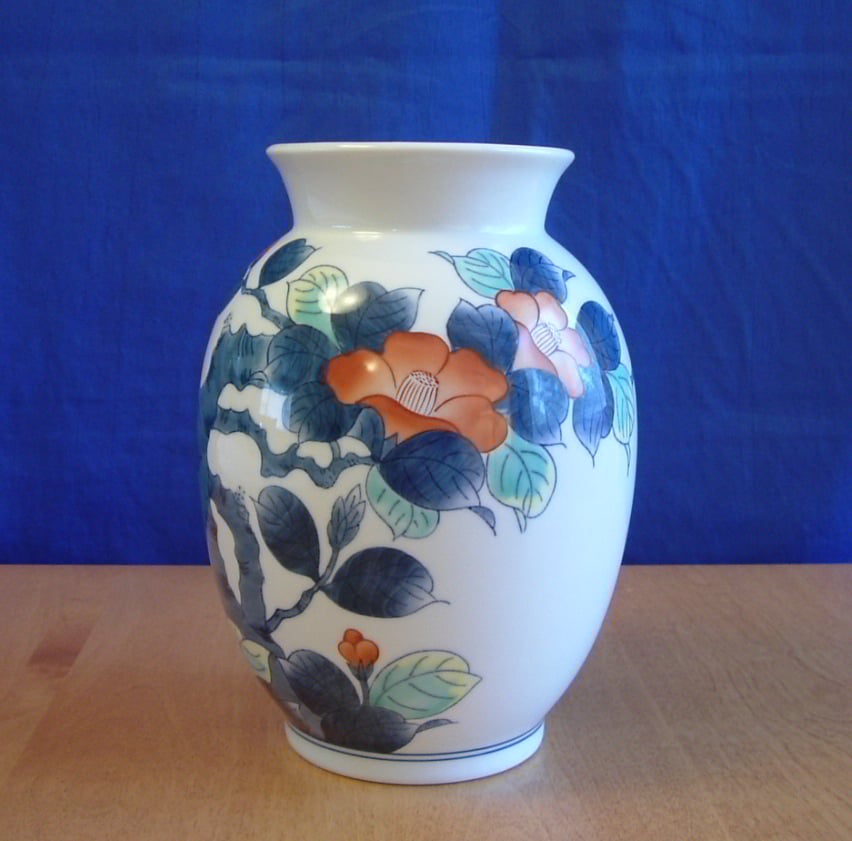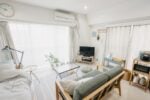
Nestled in the picturesque landscapes of southern Japan, the towns of Arita and Imari are not just renowned for their exquisite ceramics; they are the heart of an age-old craftsmanship that tells a story of artistry, tradition, and cultural significance. The intricate designs of Arita porcelain, with their vibrant colors and detailed motifs, reflect the natural beauty of the region, while Imari ware boasts a captivating blend of bold patterns and soft hues that have enchanted collectors and connoisseurs around the globe.
This isn’t merely about ceramics; it’s about immersing yourself in a rich tapestry of history and craftsmanship. Each piece of porcelain is a labor of love, a testament to generations of artisans who have perfected their techniques over centuries. By working in Japan, you have the chance to not only learn about this timeless craft but also to become a part of it, collaborating with master artisans who are eager to share their knowledge and passion.
Join us as we explore the enchanting world of Arita and Imari porcelain, and consider how you can weave your own story into the fabric of this artistic legacy. Your adventure in Japan awaits!

The History
Arita is renowned as the birthplace of Japanese porcelain, with its history stretching back to the early 17th century. The discovery of high-quality clay in the region led to the establishment of Arita as a center for porcelain production, with artisans initially influenced by Chinese techniques.
In 1616, Korean potter Yi Sam-pyeong is credited with the development of the first true porcelain in Japan, which laid the foundation for Arita’s distinctive style. By the mid-17th century, Arita porcelain gained international acclaim, particularly for its vibrant under-glaze blue and intricate designs, attracting export to Europe and beyond through the port of Imari. Over the centuries, Arita has continued to evolve its craft, blending traditional artistry with modern innovation, and today it remains a vital hub for porcelain production, celebrated for its exquisite craftsmanship and cultural significance. Visitors to Arita can immerse themselves in this rich history, witnessing firsthand the legacy of a craft that has defined the city for centuries.
Festivals
Arita and Imari both host vibrant festivals that celebrate their rich porcelain culture, drawing locals and tourists alike to experience the artistry and tradition of these historic towns. One of the most notable events is the Imari Porcelain Festival, held annually in early November. This festival features an impressive display of exquisite porcelain, showcasing both traditional and contemporary works from local artisans. Visitors can engage in hands-on workshops, admire stunning exhibitions, and participate in lively parades that highlight the craftsmanship integral to Imari’s identity.
In Arita, the Arita Porcelain Fair, typically held in late April to early May, transforms the town into a bustling marketplace filled with stalls from local potters and manufacturers. Attendees can enjoy pottery demonstrations, shop for unique pieces, and learn about the intricate techniques involved in porcelain-making. These festivals not only celebrate the artistic heritage of the region but also foster a sense of community, allowing attendees to connect with the rich history and ongoing evolution of porcelain craftsmanship in Imari and Arita.

Interested in Buying?
If you speak to locals, you’ll hear all sorts of recommendations for places to buy porcelain in these towns. But, I recommend just strolling on through and meandering around the shops yourself. I liken this to a day looking around an art museum rather than shopping. There are, of course, some very expensive items in these shops, but you’ll also find plenty of affordable options under $20. They make for wonderful souvenirs.
Hands-On Experiences
Why not experience making something for yourself? In Arita, you can visit the ‘Arita Porcelain Park’ for a pottery-making experience. You can choose to make your own creation, or simply paint a design on another craftsman’s work, for anything from 1,000 to 3,000 yen. Some of my friends have tried making their own porcelain cups using pottery wheels and they were thoroughly impressed. They were posted their products around 2 months later.
To be honest, you don’t even need to worry too much about booking an experience as Arita and Imari have so many options for hands-on activities. You could just stroll through the charming towns and see if anything takes your fancy.
Other Things To See
If you’re in the area, it’s well worth checking out Tozan shrine. This shrine is overflowing with pottery. The torii gate itself is made from porcelain from the area. As you walk around, you’ll also notice that everything from religious statues to the ema (the plaques on which you write wishes) are made of pottery here. It’s a truly unique experience that you won’t find anywhere else.
You could also check out Gallery Arita for a cup of coffee. This charming cafe gives guests the chance to enjoy a beverage from a genuine piece of local art. You can actually pick out the mug and saucer you’d like your hot drink to be served in. Talk about connecting with the local culture!
Access:
Getting to Imari and Arita in Saga Prefecture from major hub cities like Tokyo and Osaka is quite straightforward and offers a few different routes.
From Tokyo, you can take the Shinkansen to Hakata Station in Fukuoka, which takes about 5 hours and costs around 23,000 yen ($160). From Hakata, you can transfer to a local train to Arita, with a ticket costing about 1,500 yen and a travel time of around 50 minutes.
If you’re coming from Osaka, you can take the Shinkansen to Hakata as well, which takes about 2.5 hours and costs approximately 14,000 yen ($107). For those seeking a more scenic route, consider taking a domestic flight from Tokyo to Nagasaki and then a bus or train to either town. This can be a bit pricier but offers stunning views along the way. There are plenty of transport options between the towns, so you can easily explore both in a day. No matter the route, the journey to these charming towns is as rewarding as the destination itself!















